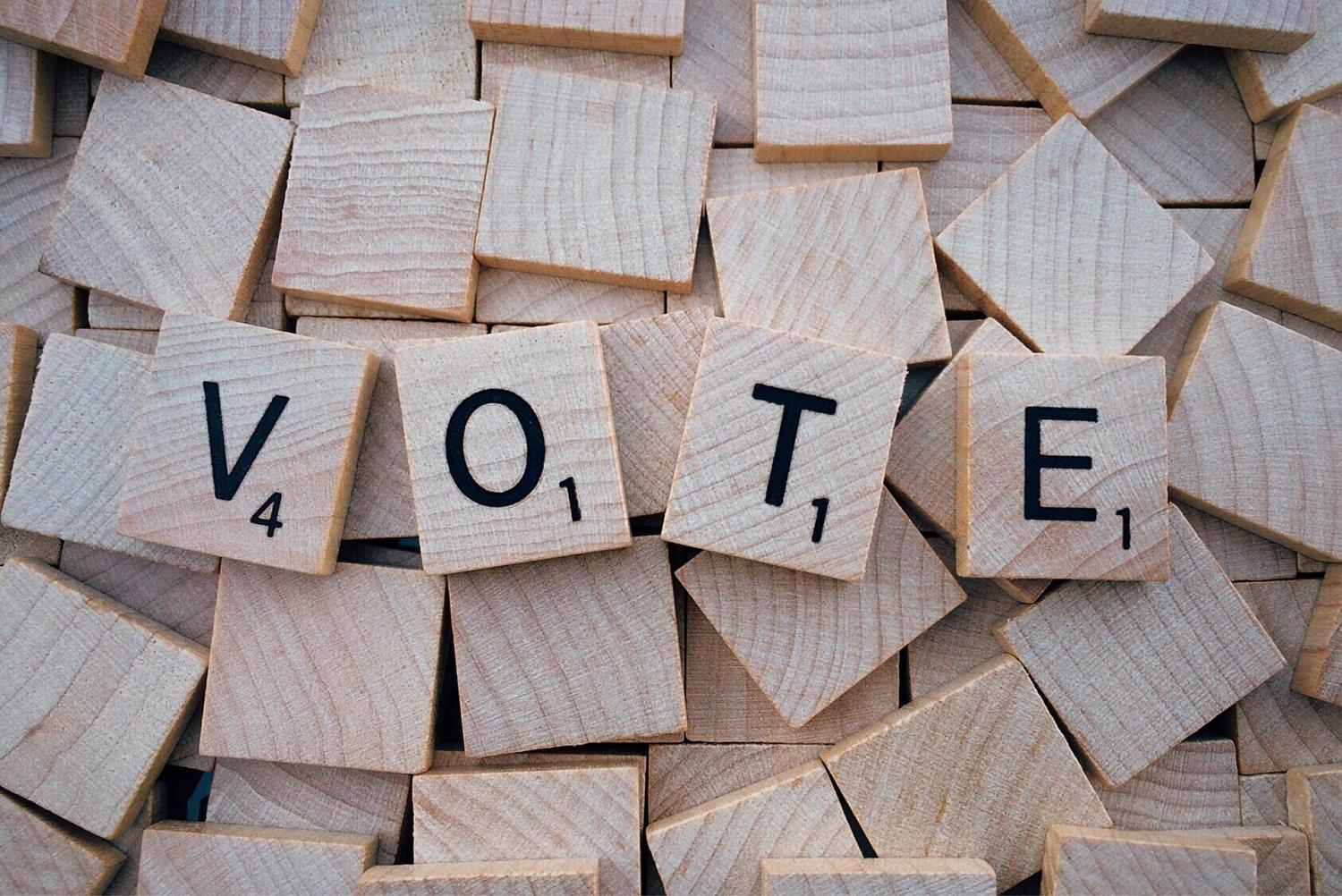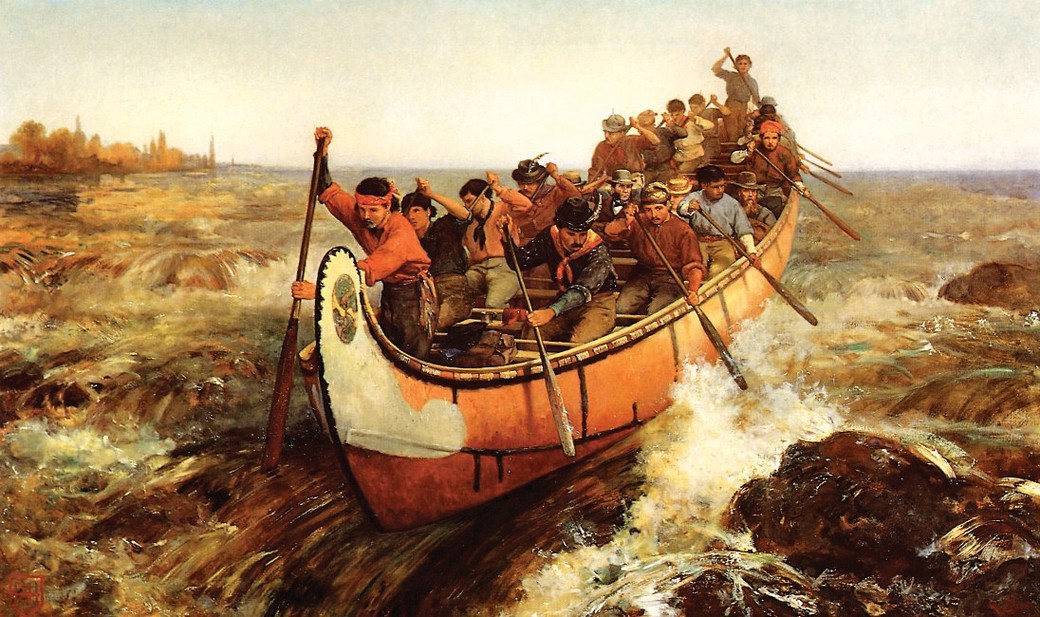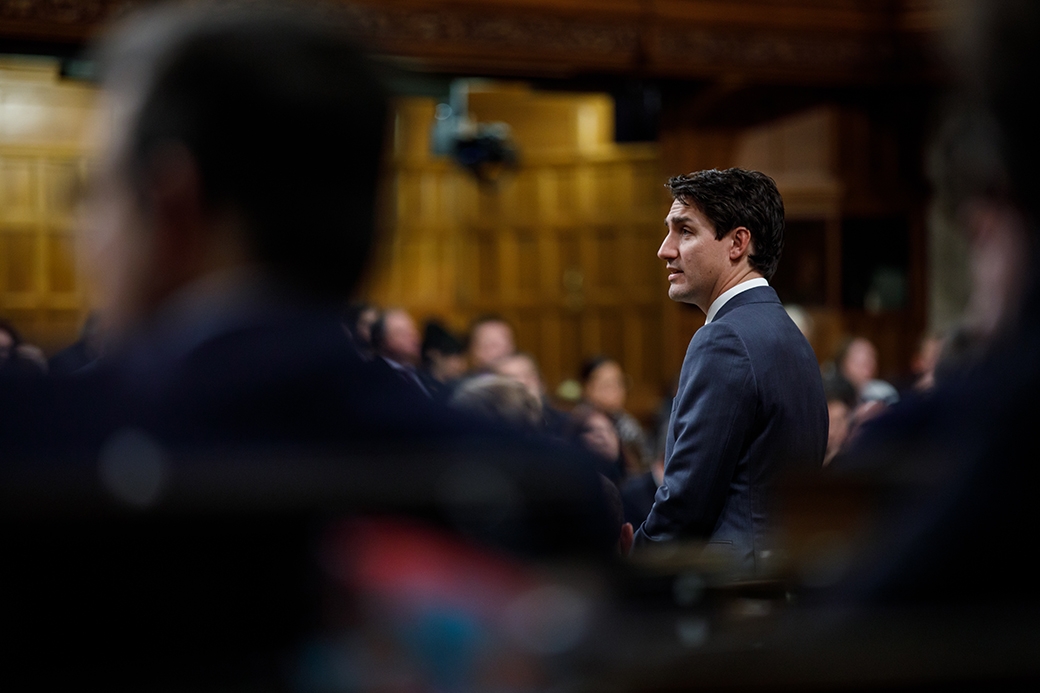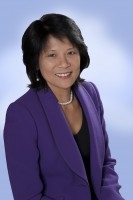
Kealey and Associates’ Ontario Election Analysis: A Cautionary Tale for Trudeau Liberals
The following is a report prepared by Marc Kealey from Kealey and Associates Inc. in Toronto, Canada. The second edition of this report was released on May 29, 2018 followed by the final summary which was released on June 17, 2018.
The results of the general election of June 7, 2018 seemingly didn’t surprise political observers or voters in Ontario. It was scribed and understood well that voters wanted to see the Wynne government gone – and they’re gone – big time!
At the same time, Elections Ontario should be commended for the way they conducted the election and the efficiency with which they ushered voters through the polling stations and tallied votes after the polling stations closed. This compared to the way we voted in elections previous, waiting as a poll captain found our names on a typed list and then handing us a ballot that was put into a box only to wait hours after the polls closed before results were tallied and reported. This 2018 election gave voters an idea within the first thirty minutes of polls closing, who was going to win a particular riding. Great stuff, really innovative and, no surprises!
What surprised political pundits, media and voters for that matter was the actions of Premier Kathleen Wynne prior to Election Day and K&A unwittingly got involved in the Liberal Party’s activities specifically the author of this report.
As we all know now, on the Saturday, six days before Election Day, like many who follow politics – my phone lit up with well over two hundred calls, emails and texts from colleagues and friends across the province wanting my take on Liberal Party Leader and Premier Kathleen Wynne’s strange announcement that she would concede the election – a full 6 days before election day. Normally I would have stayed out of this, chalking it up to how her campaign was going anyway- terribly- save and except for the fact that so many people contacted me for reaction and because I was upset, I obliged. Not because I care about the Liberal Party or its leader, but because of the sheer contempt her actions demonstrated to voters, volunteers and media. I grew up in politics and my inspiration is former Prime Minister John N. Turner who demonstrated that politics is about follow through in the face of adversity – he has the scars and the unparalleled legacy to prove it – and he as the Leader of his Party he never conceded, even when faced with enormous adversity.
Moreover, for thousands and thousands of campaign workers and millions of voters they deserve to be respected for the process under which democracy operates – to fight the election and the campaign to the final vote. It’s a tired adage, but campaigns do matter! A reporter friend of mine asked me for my opinion on that Saturday before the election and I obliged with a response. Little did I know that my little email would be the subject of a Blog by said reporter and province wide and national media.
Campaigns Matter
When K&A issued its first iteration of our research and analysis, we concluded that the Progressive Conservative Party would net a victory with a small majority government. Interestingly, we concluded that the Liberal Party would win enough seats to become the Official Opposition. We also concluded early in our research that the Green Party would win a seat – in Guelph. No other research from polling companies concluded what we did at that point in late April.
In the introduction of our first report we cited that post graduate studies at Kent State University in Ohio made mandatory a course in quantitative analysis – a sort of deep dive into statistical analysis. We outlined the outcome of 1936 Presidential election in the United States, which was described as a great choice for voters – the choices were the “New Deal” by Democrats or fiscal conservativism by the GOP. We highlighted that media that year, suggested the campaign would be hotly contested based on a national poll that predicted GOP Presidential candidate Governor Alf Landon would win the election and the White House based on 57% public support. Democrat candidate President Franklin Delano Roosevelt secured 43% support and would likely lose the Presidency and his “New Deal” would fail. The poll had one of the smallest margins of error in polling but was dead wrong!
We all know from history that President Roosevelt actually received 62% popular vote and almost every Electoral College vote while GOP challenger Governor Landon received only 38% of the popular vote and an embarrassing 8 Electoral College votes.
It’s now historic fact that the polling in 1936 was wrong because of its bias. We know today that polling is more sophisticated and innovative, but there are still ways that bias creeps in – polls known as “opt-in”, where users of a specific website answer questions, which is less reliable than a random sampling poll have been most commonly used in this 2018 election. We also know that polling companies today ask for preference for the Leader of an election – not about substantive issues or the intended Party for whom the voter would choose.
What does margin of error really mean? In most polls, a pollster typically asks about 1,000 people a question like: “Who do you plan to vote for?” or “What Party Leader will make the best…” The goal for the outcome that the pollster expects is to be 95% certain that the real level of support in the whole population of the country, province, city, constituency etc., is captured in the sample's range, from the low end of a margin of error to the high end.
That range is called a "confidence interval."
A good friend, the one-time owner and now retired Chairman of one of Canada’s best known public opinion agencies, liked to talk about all the polling he provided for political campaigns. He often noted that if he conducted a poll about a campaign or a candidate 100 times, he would randomly select different groups of 1,000 people. In so doing, he would expect that the true proportion — the candidate's actual support for example — would be found within the margin of error of 95 out of the 100 polls. That's why he would often say that he's 95% confident in the results.
However, those five outliers are one reason elections don't always turn out the way pollsters such as my friend predicted.
The chance that what's happening in reality is captured by a number outside the 95% confidence interval is, as one might expect, quite unlikely. The more outside it is, the smaller the likelihood. But it's still possible for a poll to be way off and nowhere was that more prevalent than in the US Presidential election in 2016. Every pollster had Democrat Presidential candidate Hilary Clinton winning that election over GOP Presidential candidate Donald Trump – overwhelmingly!
If political analysts and observers really wanted to be 100% confident in a prediction based on a poll, there will either have to be a poll that asks every single voter eligible to vote in the province what he or she thinks about a leader, an issue or a how they will vote or else a pollster would have to be satisfied with a huge margin of error.
Or, the way polling companies do their research ought to change. Perhaps they can delve into substantive issues and seek substantive answers from voters. But this is a long, arduous and costly exercise.
We wanted accurate and substantive riding by riding information that we could provide our clients, so we dug deeper during the middle of the campaign.
Our second iteration told a different story. The campaign during the month of May was positive for the Leader of the NDP, Andrea Horwath – who seemed to have caught fire. Her campaign events were pithy, sharp and full of energy. Media showed a lot of happy people at her events. Despite the aggregated polls suggesting she was leading the PC Party in popular support, our research suggested that she would gain enough seats to form Opposition.
The media seemed to pay a little more attention to our research. Why? Because our research was an outlier – we identified that the Progressive Conservative Party would win a slight majority with NDP as Opposition and the Liberal Party would fall slightly into third place.
The debate held 12 days before election day was anticlimactic. Despite the fine showing of Kathleen Wynne, one thing was apparent, popular support toward her didn’t occur while the NDP surged in popular support – even their Leader, Andrea Horwath was trending upward as most popular choice for Premier. As clear winner of the debate, Kathleen Wynne’s lack-lustre central campaign ,surprisingly focused on her, did not resonate with voters. Collectively pollsters (and our research) indicated that support was slipping substantially for her Party and even Doug Ford’s “no-campaign” campaign lacked inspiration. Advantage NDP we all thought.
The final week of the campaign was even more anticlimactic – but not for any other reason except the Liberal Party dominated the media through the shocking announcement of Kathleen Wynne. Insiders of her Party suggested (or spun to media) that her announcement was designed to stave off an outcome they thought would net zero no seats for her Party. The Liberal Party tried to spin (and ineffectively at that) that the intent was to “free up voters” to choose Liberal candidates in their ridings knowing that Kathleen Wynne would not be Party Leader nor Premier to vote for. This confounded our research and possibly impacted the results of the election for her Party. In effect, based on her announcement the unintended consequence for voters was only two choices – the NDP or the Progressive Conservatives – the far left or the far right!
As we noted in previous iterations, K&A does not do polling. Our clients expect that the information we provide accurately reflects research we undertake on their behalf. Knowing who wins an election helps our clients plan their strategies for dealing with the government in Canada’s largest province. In order for us to be effective and accurate, we simply can’t rely on what pollsters “say” or the aggregated numbers from media on poll results – so we developed and conducted statistical analysis on a riding by riding basis (in Canada) to make predictions on who will win an election and who will make decisions.
Using our research tools, we deployed our research team to dig deep into every constituency in the province with personal contact of eligible voters. The outreach was either by phone and/or email (which invited the contact to interact with us personally by phone). The opinions of all those contacted was then extrapolated against a regression analysis using election results in the province from elections going back almost 40 years. To that end, we believe our research would have adequately predicted the upcoming Ontario election. However, the stunning Liberal Party concession by Kathleen Wynne was an independent variable that skewed the numbers we presented a week before the election. Perhaps that will be the lesson in 2018 that political researchers will cite years from now in a similar research analysis.
For the full report please visit www.kealeyandassociates.com
For more information about K&A contact: info@kealeyandassociates.com
To arrange an interview or contact the authors of this report contact: Daniela Cavatassi by email daniela@kealeyandassociates.com or by phone 905-625-3002 ext. 227









